Homemade Paintball Bombs (Science + Art)
This post may contain affiliate links.
This is a little science art project that I dreamed up but wasn’t really sure if it would work. After our experiment with turning juice into a solid, my mind started reeling with other possibilities! So, this is the result, Homemade Paintball Bombs! They worked and they are pretty darn awesome!

I put this project into my upcoming book, Science Art and Drawing Games for Kids. For more awesome projects combining science and art check it out! It’s in Pre-sale now!
Watch them in action in this fun video revealing the cover of my new book!
These homemade paintball bombs are solid on the outside and liquid on the inside. When you throw them they splat and explode all over. My kids literally went NUTS over these. I can see this being a pretty cool party activity, or a fun outdoor summer game.
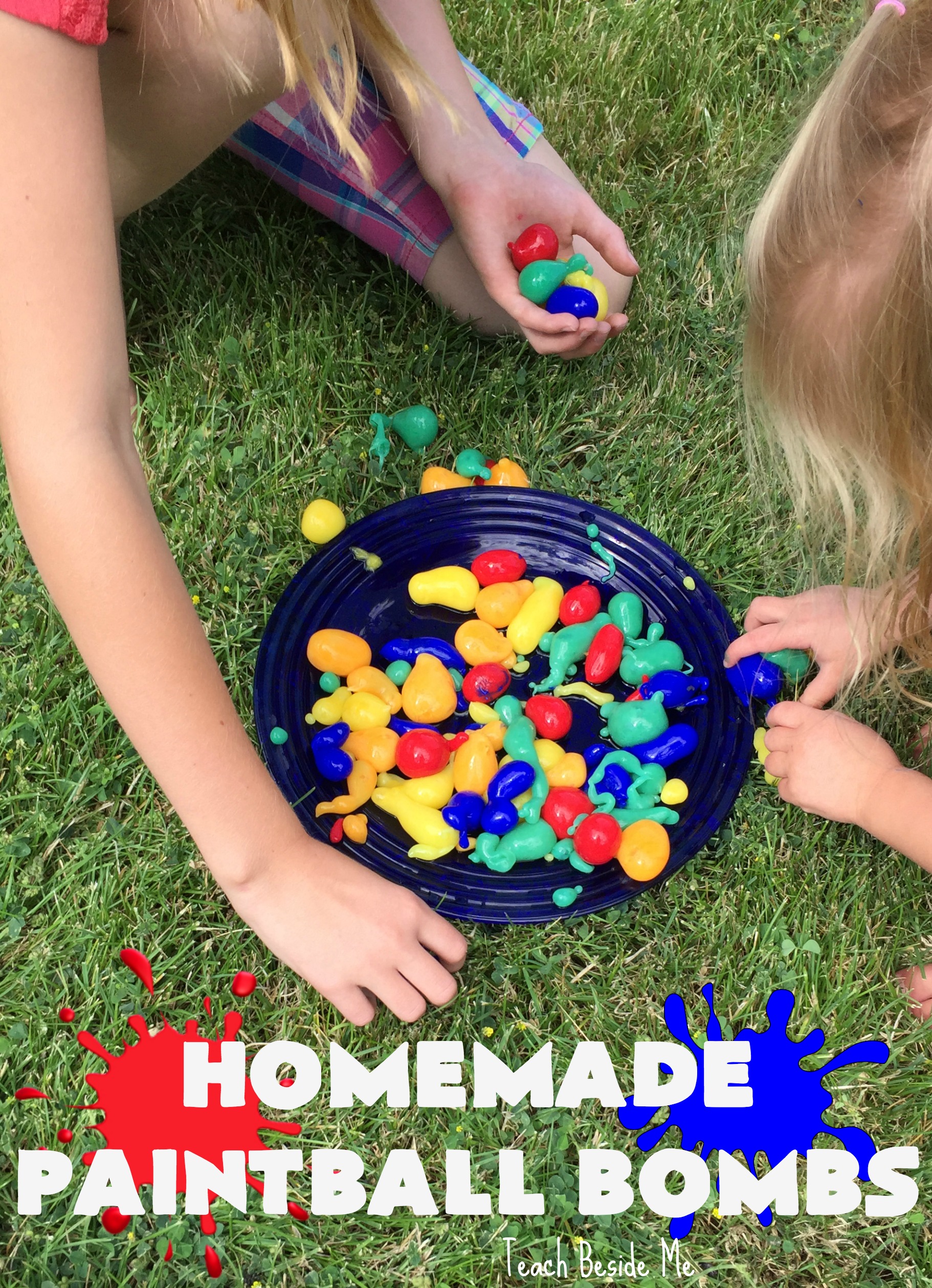
How to Make Homemade Paintball Bombs
Sodium Alginate (gelling agent)
Calcium Chloride
Washable Tempera Paints
Water

Start by getting out a cup for each color of paint you want to use. We used disposable cups for less mess.
In each cup mix:
1 Tablespoon of Tempera paint
3/4 c. of water
1 Teaspoon of Sodium Alginate
Mix well and let it sit for about 2 hours.
After a few hours, mix 2 Tablespoons of Calcium Chloride with a few cups of cold water in a large glass pan.

Drop tablespoons of the mixture into the water and calcium mixture. They will quickly harden on the outside.

Remove them to a plate or tray. If you want them to be more uniform, you can use a silicone mold to make the balls of paint.
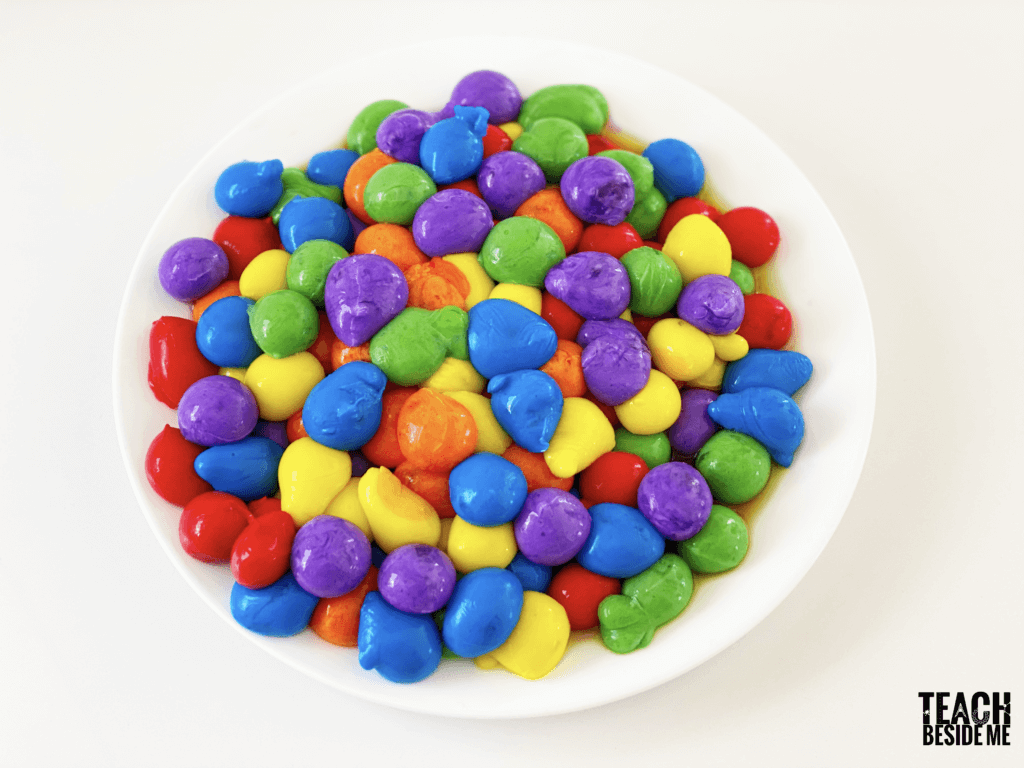
Now here comes the FUN part!

Take your kids outside to play with these homemade paintball bombs! Make sure they are wearing something you don’t care much about. Even with washable paint, it was tough to get out of their clothes.
Throw them all onto a canvas to make awesome art!

The Science Behind This Experiment:
You are creating a chemical reaction in these paintballs between two chemicals: calcium chloride and sodium alginate. Sodium alginate is a polymer made out of seaweed and turns into a gel-like substance when mixed with calcium chloride. When the two mix, the molecules rearrange causing the alginate to bind with the calcium instead of the sodium.
For a party it would be a blast to have everyone wearing a white t-shirt so you can see who got hit. Or have teams and each team has their own color. You can set up a target, made of poster board, or draw one on the ground with sidewalk chalk.
Find this Project and MORE awesome ideas like it in my new Science Art book!
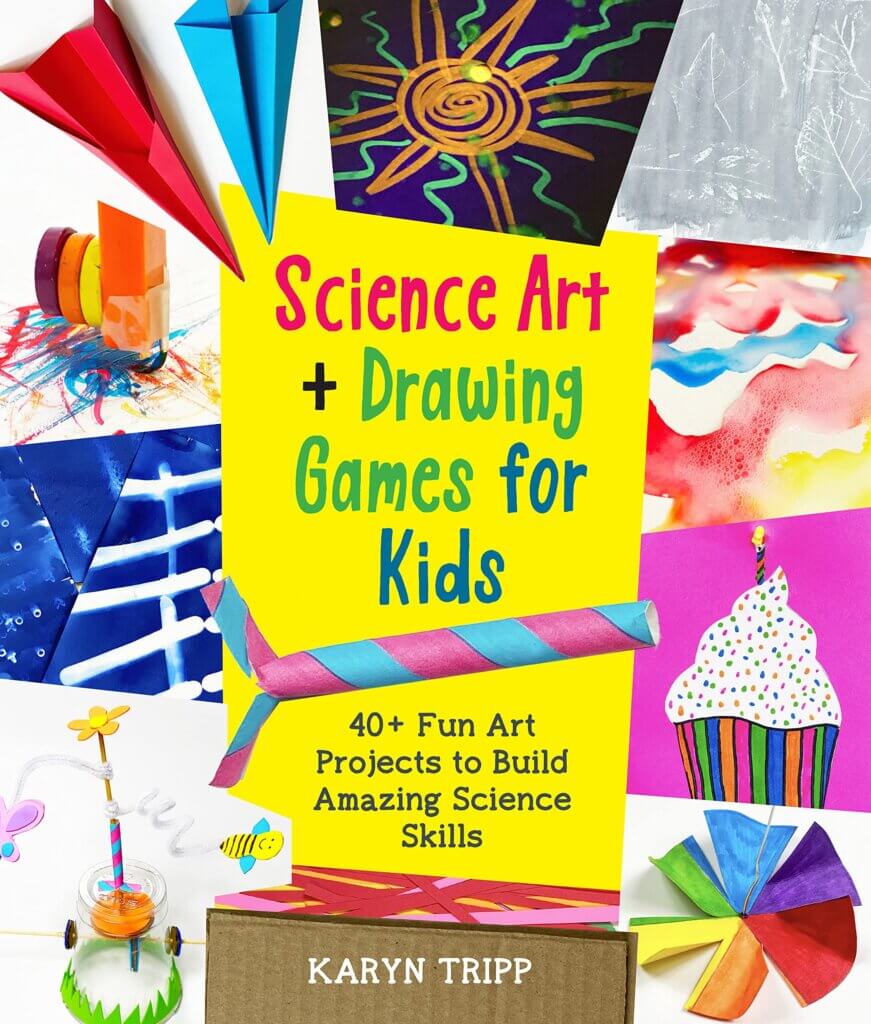
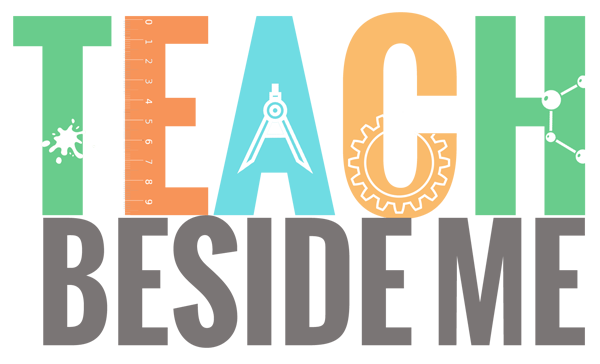


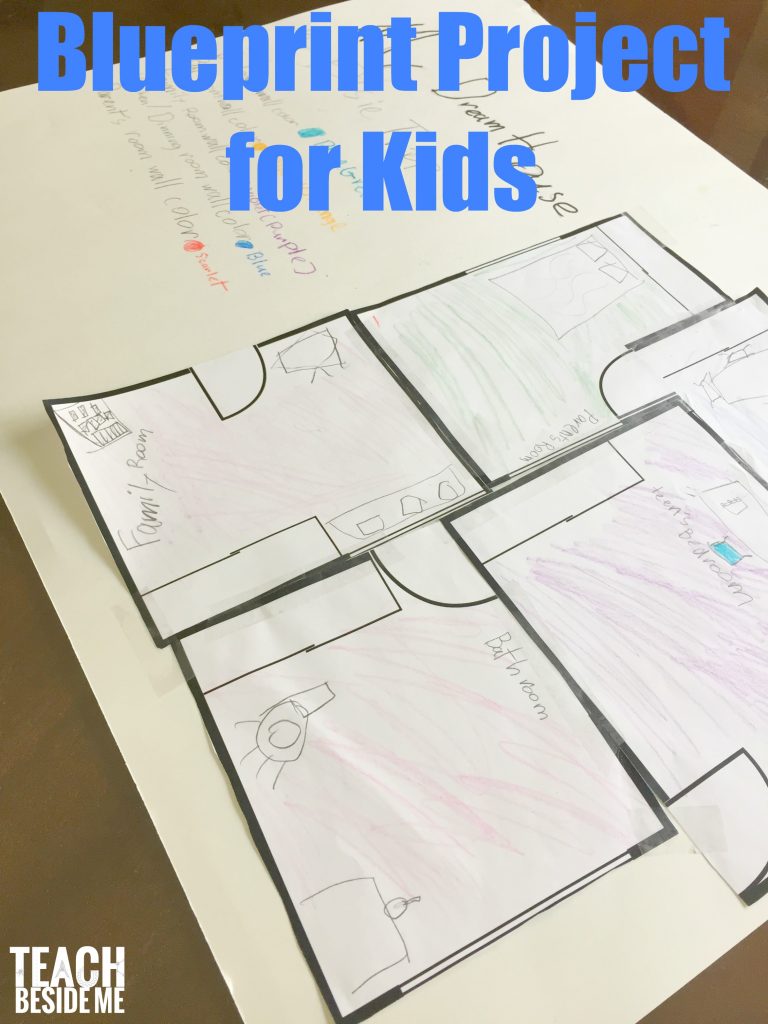

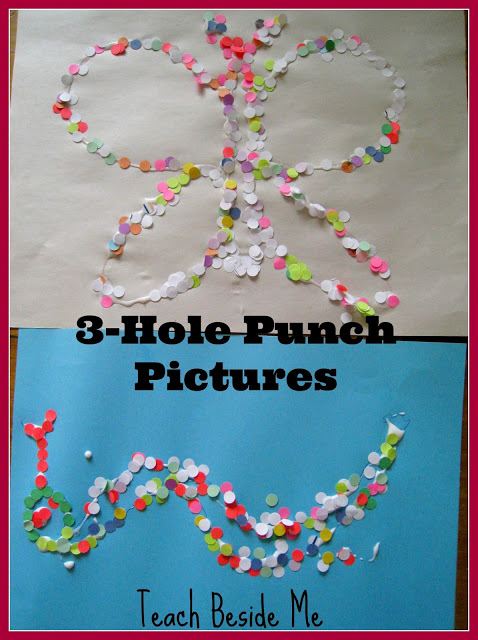
Hey cool post!
This will be fun for our Indian festival of Holi
Awesome! I am so glad!
Karyn, How long do these paint balls stay solid? We are looking for ways to have a paint gun or paint throwing party for my 14 year old, and I would want to make them ahead of time–will they hold up for 36 hours? thanks!
Hi Karyn,
how long will they last once made up?
I did a test last week with my students then left them over the weekend. They were hard when we went to use them. I don’t know if it was because I used acrylic paint or if it was because I’d left them sitting too long?
Regards
Anita
How would I use a silicon mold to make these more uniform?
Are these able to be made ahead of time and stored? I am an art teacher and would love to make these for my summer classes!
Did you end up making them? I’d love to hear how far in advance they worked and storage method! And any trial and error tips you may have
Do you use powder tempra paint and how far in advance can I make them?
Did you ever find out the answer?
hi
3/4 c is cups of water correct?
can we leave the mixture overnight?
how to we make them in silicone moulds
Is sodium alginate the same substance that dentists use for molds or the casting kits sold at Michael’s? Thanks.
Do you think it will last if I paint ball combs white tee-shirts for kids party? That would their take-home item.